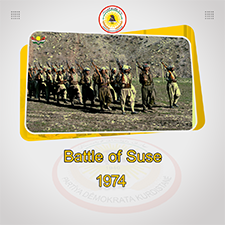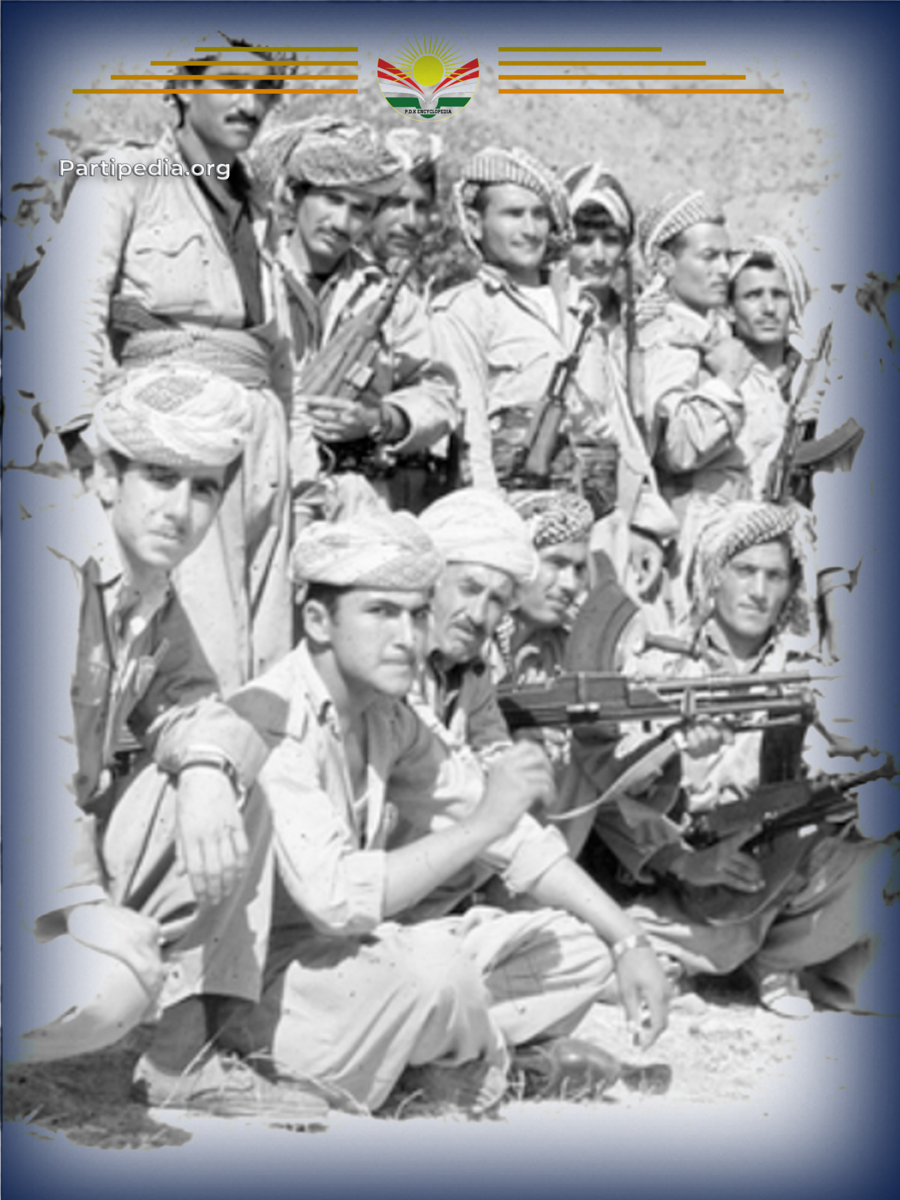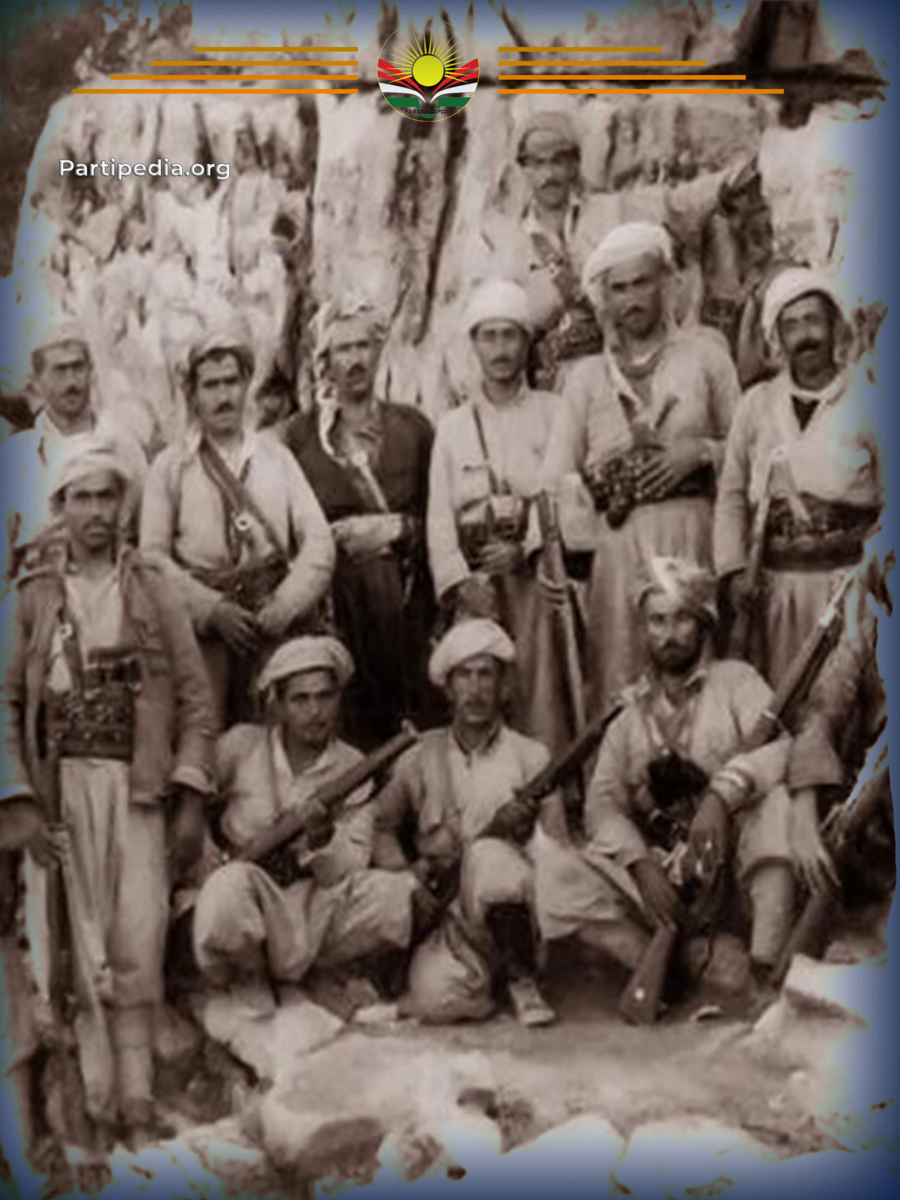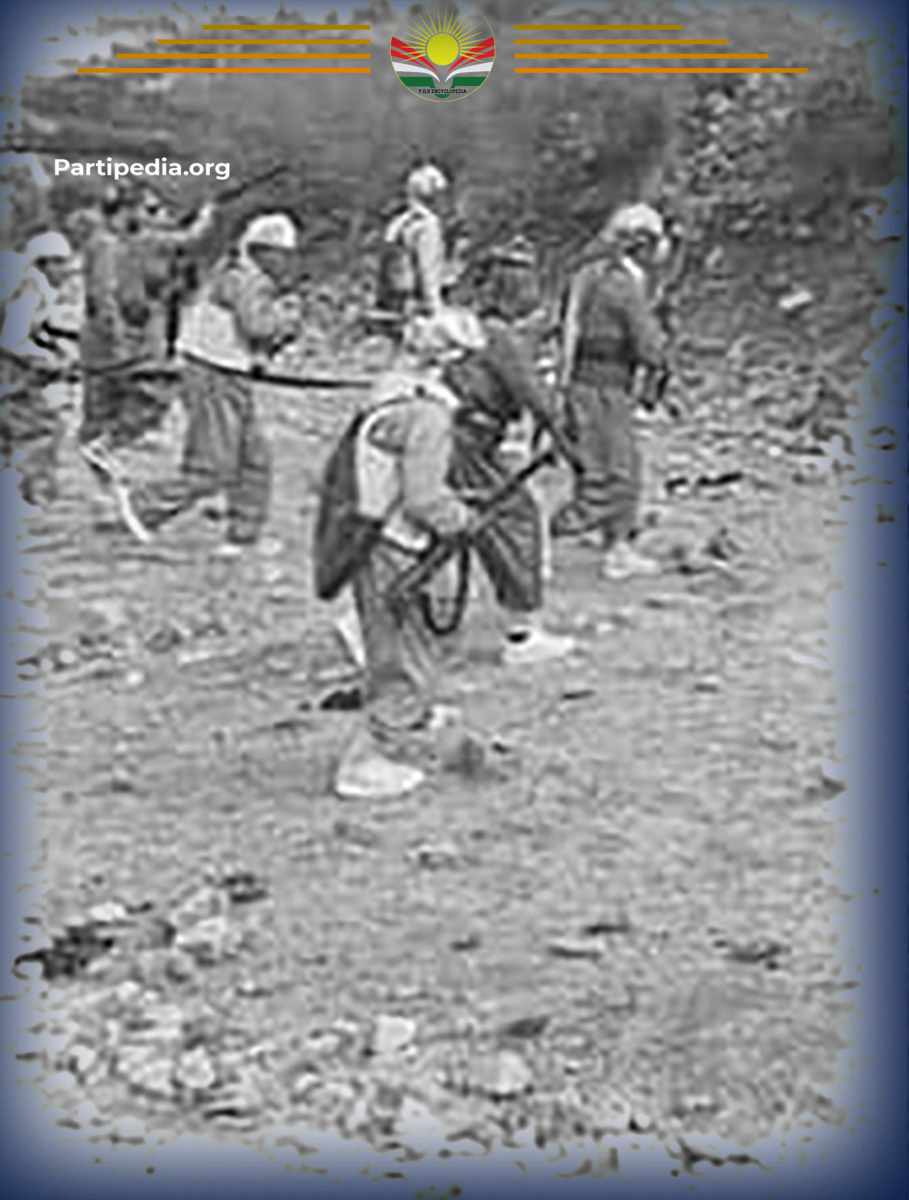Following negotiations between the leadership of the September Revolution and the Iraqi government, the situation became increasingly tense when the Iraqi government decided to withdraw from the agreement. This ultimately resulted in a resumption of hostilities against Kurdistan.
In April 1974, the Iraqi army initiated an offensive against Kurdistan, utilizing its full military capabilities, including numerous soldiers, modern tanks, various air weapons, and the air force, in an attempt to dismantle the Kurdish revolution. In response to the Iraqi army's attack, the Kurdistan Peshmerga forces took several military measures from the outset of the war. The 3rd Surdash Battalion of the Salvation Forces surrounded the Susei military base, which served as an Iraqi army unit headquarters.
In an effort to counter the Iraqi army's potential attack on the route to Sulaimani and Dukan, the Peshmerga forces, led by Anwar Azwar's 3rd Battalion of the Liberation Forces strategically positioned themselves in various locations. The Kuekha Smaili Talan branch established positions in Kanikhan village, the Abdullah Haji Rashid branch in Tasluja, the Omar Hama Ali branch on alert in Kalawanan village, and the commander and headquarters of the battalion in Khre Zewe village. Additionally, Haji Qadir Beg's Hamatali branch was stationed in Khre Zewe village.
The assault in Sulaymaniyah was instigated by the Iraqi military prompting a confrontation between Abdullah Haji Rashid's divisions, and stationed in Tasluja. As a result of this clash, substantial harm was inflicted.
However, due to the plenty number of army soldiers, support from the tank battalion, and the limited number of Peshmerga forces, they were unable to defend for an extended period. Particularly after the martyrdom of Abdullah Haji Rashid and Sheikh Jaafar Kolijaei, the Peshmergas of the defensive arm retreated and vacated the area. Meanwhile, the Iraqi army continued its advance towards the Suse military base. With the assistance of tanks and mercenaries, the Iraqi army breached the Peshmerga line of defense in Tasluja, paving the way towards the Suse military base. Initially, they believed there would be no obstacles to the Peshmerga defense, but the Peshmerga forces launched an attack on the Iraqi army near the Khre Zewe village bridge, approximately 6 km away from the Suse military base. They successfully destroyed two tanks using RPGs, resulting in the deaths of several soldiers and jashes. The Peshmergas managed to prevent the army from reaching the besieged military base until afternoon, but unfortunately, two Peshmergas named Ibrahim Kani Shaitan and Rahim Qamis were martyred. The battalion commander was injured while rescuing the bodies of the martyrs to prevent them from falling into the hands of the army. The Peshmerga forces were only able to retrieve the bodies of the martyrs and their wounded commander before retreating, thus allowing the Iraqi army to break the siege of the Susse military base.
Resources:
-
سهنگهر ئيبراهيم خۆشناو: ڕووداوه سهربازيهكانى شۆڕشى ئهيلوول 1970-1975، چاپى يهكهم، چاپخانەى دانیشفەڕ، ههولێر، 2022.
-
شەوکەت مەلا اسماعیل حەسەن: ڕۆژانێ لە مێژووى شۆرشى ئەیلوول، ١٩٦١-١٩٧٥، چاپخانەى وەزارەتى پەروەردە، هەولێر – ٢٠٠٧.
-
کاروان جوهر محمد: ئیدریس بارزانى ١٩٤٤- ١٩٨٧ ژیان و ڕۆلى سیاسیى و سەربازى لە بزوتنەوەى ڕزگاریخوازى کورددا، چاپخانەى هێڤی، هەولێر، ٢٠١٩.








